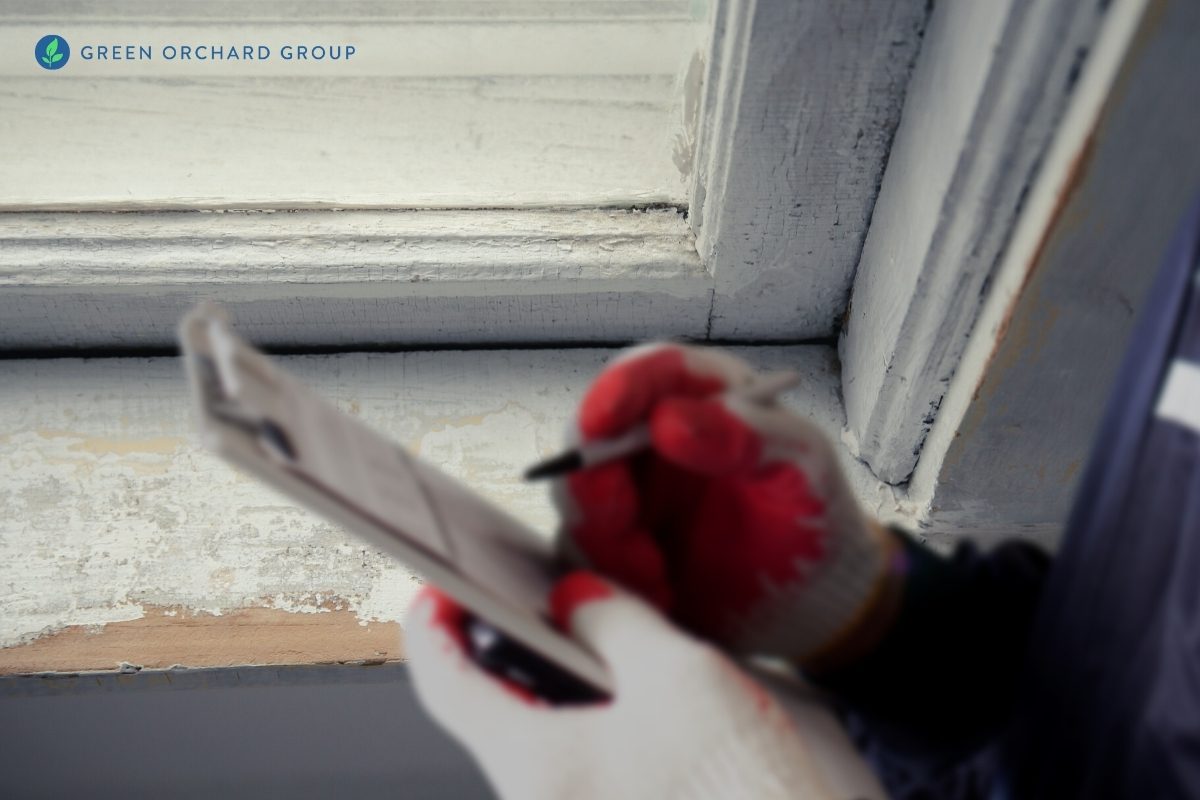Step-by-Step Refine for Successful Lead Violation Remediation
Following this, adherence to government and state laws is vital to creating an effective removal strategy. The actual removal requires experienced employees to implement these plans while strictly adhering to security methods. What happens after the remediation is completed?

Detection and Assessment
Discovery and analysis are crucial actions in the remediation of lead offenses. To make certain an efficient removal process, it is necessary to carry out a complete evaluation of the atmosphere where prospective lead direct exposure exists. The initial phase of detection includes identifying sources of lead contamination, which can be located in paint, pipes, soil, and dirt. Utilizing advanced analysis tools such as X-ray fluorescence (XRF) analyzers and atomic absorption spectroscopy (AAS) can offer precise dimensions of lead focus.
This includes examining the extent and extent of contamination, as well as recognizing populations at risk, particularly youngsters and pregnant women. The collected information should be diligently recorded to sustain the growth of an effective removal method.
Moreover, it is necessary to prioritize areas with the greatest levels of contamination and those that pose the best health and wellness threats. Effective interaction with stakeholders, including homeowner, citizens, and public wellness authorities, is critical for making certain that all events are notified regarding the findings and the subsequent actions required for removal. This initial discovery and assessment phase lays the groundwork for a successful lead violation removal procedure.

Legal and Regulatory Conformity
Browsing the landscape of lawful and regulatory compliance is a critical element of effective lead offense remediation. Conformity ensures not only the safety of affected populations however additionally the integrity and lawful standing of the organization responsible for remediation.
State and neighborhood policies can vary, typically enforcing added commitments or even more rigorous standards. As a result, an extensive understanding of all relevant lawful frameworks is critical. This includes precise paperwork of all remediation tasks to show compliance. Failing to stick to these guidelines can result in extreme charges, including significant fines, legal activity, and reputational damages.
Involving legal professionals concentrated on environmental regulation can assist in navigating these intricacies. Routine training and certification for all workers included in the remediation procedure are likewise compulsory to ensure adherence to security and regulative standards. By focusing on legal and regulatory compliance, companies can successfully minimize risks and accomplish an effective removal end result.
Planning the Remediation
Properly preparing the removal of lead infractions starts with a complete analysis of the infected website. This data-driven approach makes certain that removal initiatives are properly targeted and efficient.
When the contamination is mapped, a threat analysis linked here ought to be carried out to assess potential health dangers to humans and the environment. Lead Violation Removal in NYC. This analysis should consider factors such as exposure pathways, population susceptability, and environmental effects. The insights collected will create the basis for picking an appropriate remediation method
Ultimately, establishing clear, possible goals for the remediation project is essential. These objectives should align with regulatory requirements and stakeholder expectations to make sure conformity and community approval. Developing a detailed removal plan that lays out approaches, timelines, and resource allowance will help with a structured approach to the cleanup procedure.
Moreover, it is necessary to involve with stakeholders early and preserve clear communication throughout the planning stage. This consists of notifying local neighborhoods, getting required permits, and coordinating with regulatory firms to guarantee all lawful and procedural needs are fulfilled. A well-crafted remediation plan not just addresses the contamination efficiently yet also develops count on and cooperation amongst all parties involved.
Performing the Remediation
With a well-structured remediation strategy in place, the focus changes to the real execution of the removal tasks. This stage includes mobilizing the required resources, including competent employees, customized tools, and high-grade materials. Begin by plainly delineating duties and responsibilities to guarantee liability and smooth control among staff member.
This consists of setting up control locations to avoid lead dust and particles from dispersing, as well as utilizing air purification systems to keep air top quality. Make use of methods such as wet scratching, chemical stripping, or encapsulation, depending on the severity and area of the contamination.
Throughout the remediation process, conduct periodic examinations and air high quality keeping an eye on to make certain conformity with governing criteria. Efficient interaction with stakeholders, consisting of residential property proprietors and occupants, is critical to maintain them informed of development and any unforeseen advancements. By diligently complying with these steps, the removal activities can be executed effectively and effectively, eventually mitigating lead hazards.
Post-Remediation Methods
Post-remediation techniques play an important function in ensuring the long-lasting success of lead offense remediation efforts. These methods include continuous surveillance, upkeep, and neighborhood education to stop future lead exposure and ensure a secure atmosphere.
First, routine monitoring is necessary. This involves routine screening of the previously impacted locations to guarantee that lead levels remain within safe restrictions. Homeowner ought to establish a routine for these tests, preferably in partnership with licensed learn the facts here now environmental experts.

Third, educating the area plays a pivotal function in maintaining the benefits of remediation. Homeowners and property supervisors ought to be informed about the dangers of lead direct exposure and the most effective practices for keeping a lead-safe atmosphere. Workshops, informative pamphlets, and community conferences can be reliable devices for disseminating this details.
Final Thought
Successful lead violation remediation calls for a thorough, systematic approach encompassing detection and assessment of contamination, adherence to legal and regulative criteria, meticulous planning, and effective he said implementation of remediation initiatives. Post-remediation methods, consisting of continual tracking and community education and learning, are vital to maintain a lead-safe atmosphere. Partnership with environmental professionals ensures ongoing compliance and protection of public wellness. This methodical process emphasizes the relevance of thoroughness and watchfulness in attending to and alleviating lead contamination.